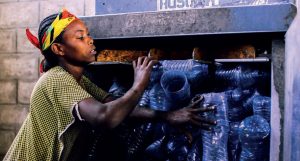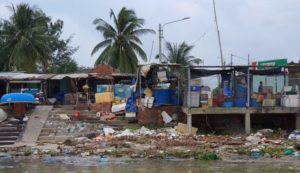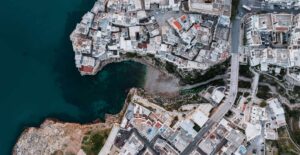- SIWI – Leading expert in water governance
- /
- Resource
- /
- Foundations for Source-to-Sea Management: Lake Hawassa sub basin
Foundations for Source-to-Sea Management: Lake Hawassa sub basin
Based on experience from Lake Hawassa Sub-Basin in Ethiopia, this report provides insights on how the source-to-sea approach can be applied and how it can benefit stakeholders at all levels. It also provides recommendations for future actions.
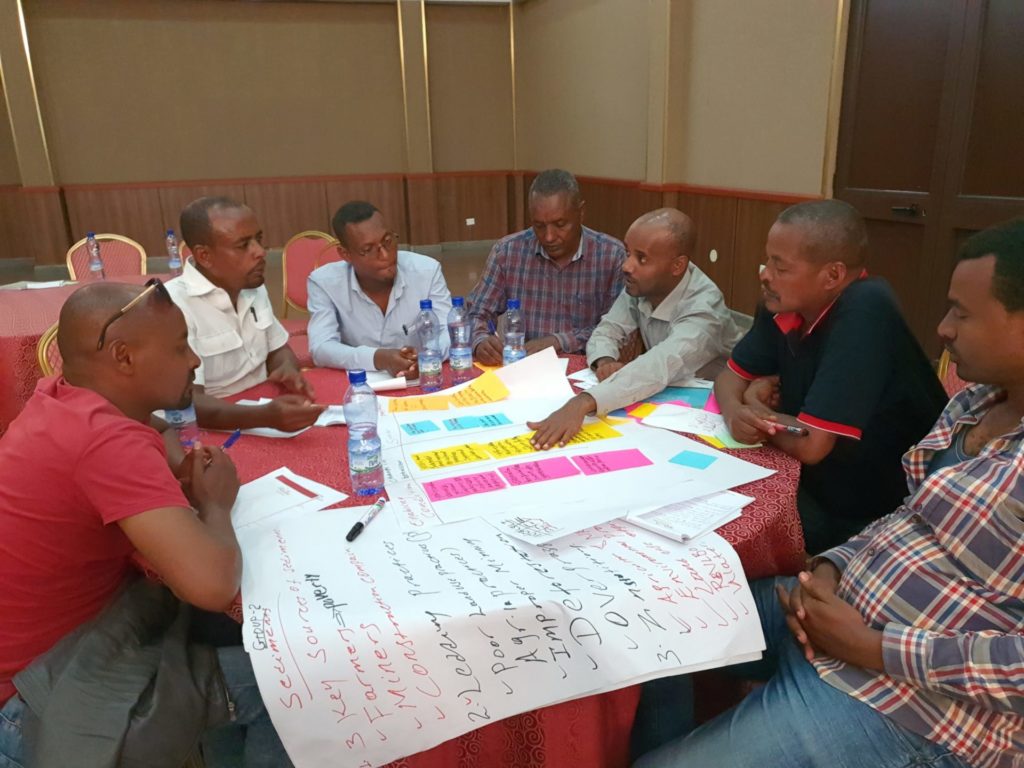
Lake Hawassa is the endpoint of an endorheic hydrological system, with limited groundwater outflow. Erosion has increased dramatically, largely due to expansion of agriculture and sand mining, and has resulted in the loss of neighbouring Lake Cheleleka. Plastic pollution to the lake is also growing alongside increases in population and use of plastic products in the region.
The closed nature of the sub-basin allows the application of the source-to-sea (or in this case, source-to-lake) approach to be used to address some of the bottlenecks that are inhibiting appropriate sediment and solid waste management in the basin. The report describes the approach, its outcome, and discusses potential challenges and how to address them.
The Lake Hawassa Sub-Basin project is one of two pilot projects, conducted by SIWI and funded by the German Federal Ministry of Economic Cooperation and Development.
More resources on this topic
Piloting the source-to-lake approach in Lake Hawassa
- Source-to-Sea
- Disaster risks and water
- Freshwater and ecosystems/biodiversity
- Water pollution
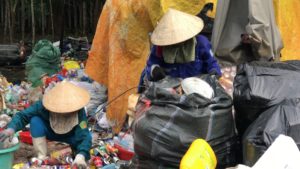
Foundations for Source-to-Sea Management: Vu Gia-Thu Bon river basin
- Source-to-Sea
- Water pollution
Piloting the source-to-sea approach in Vu Gia-Thu Bon River Basin
- Source-to-Sea
- Transboundary Water Cooperation
- Water pollution
RELATED PUBLICATIONS
See all
Building momentum to accelerate adoption of source-to-sea management
- Source-to-Sea
- Rivers
- Groundwater
- Wastewater
- Water governance
- Water pollution

